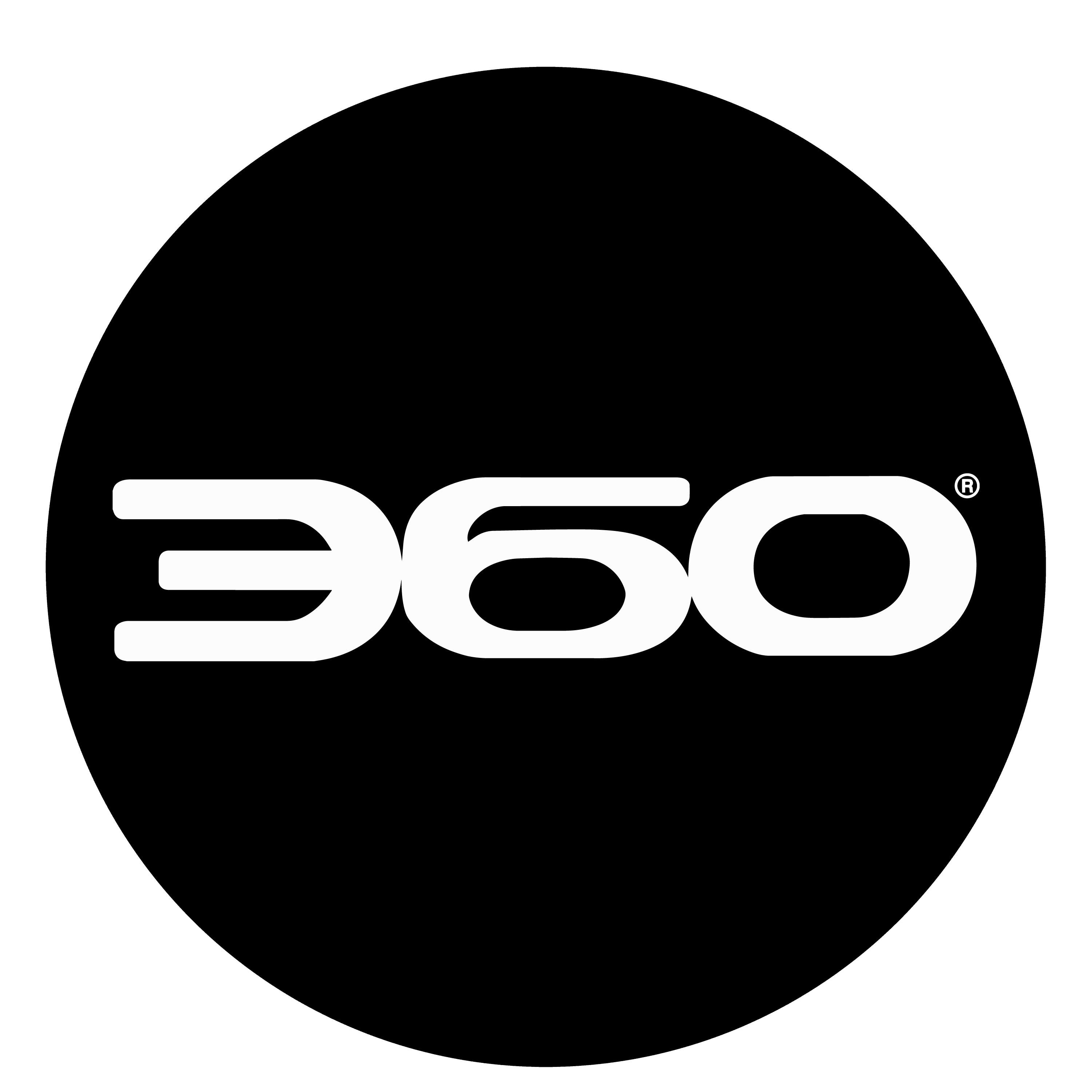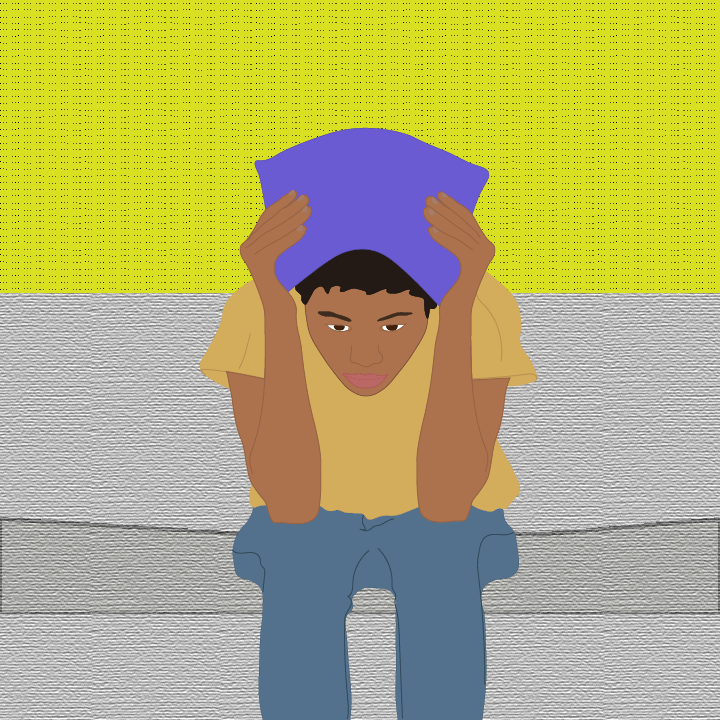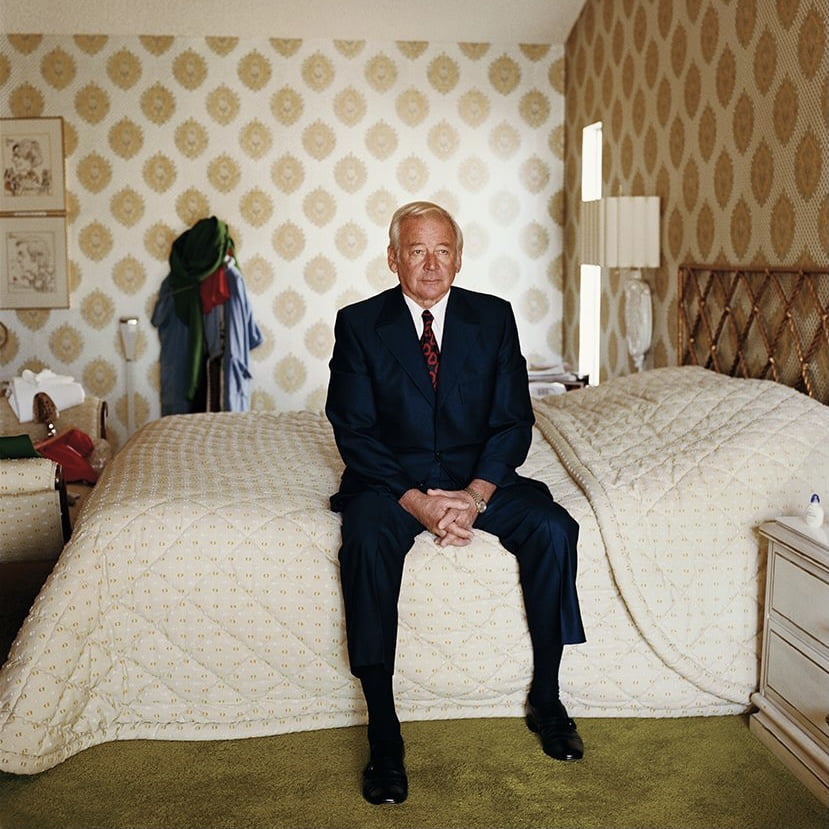By: Emily Bunn On Friday July 2nd, The Trolley Car Café, in collaboration with GoBelieve Culture Network and Music of the Covenant, hosted Keeping Believing: A Farewell Festival. The long-standing Trolley Car Café, a treasured establishment nestled on South Ferry Road in East Falls, Philadelphia, permanently closed on Wednesday June 30th. The café’s General Managers, Emily-Rachael and Jasmine, organized the festival in commemoration of the much-loved eatery, and many staff members […]









